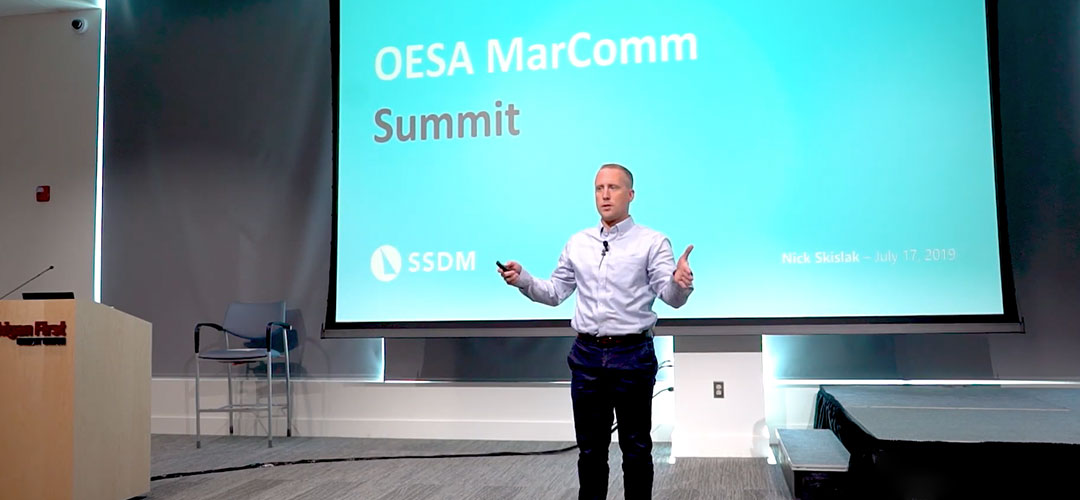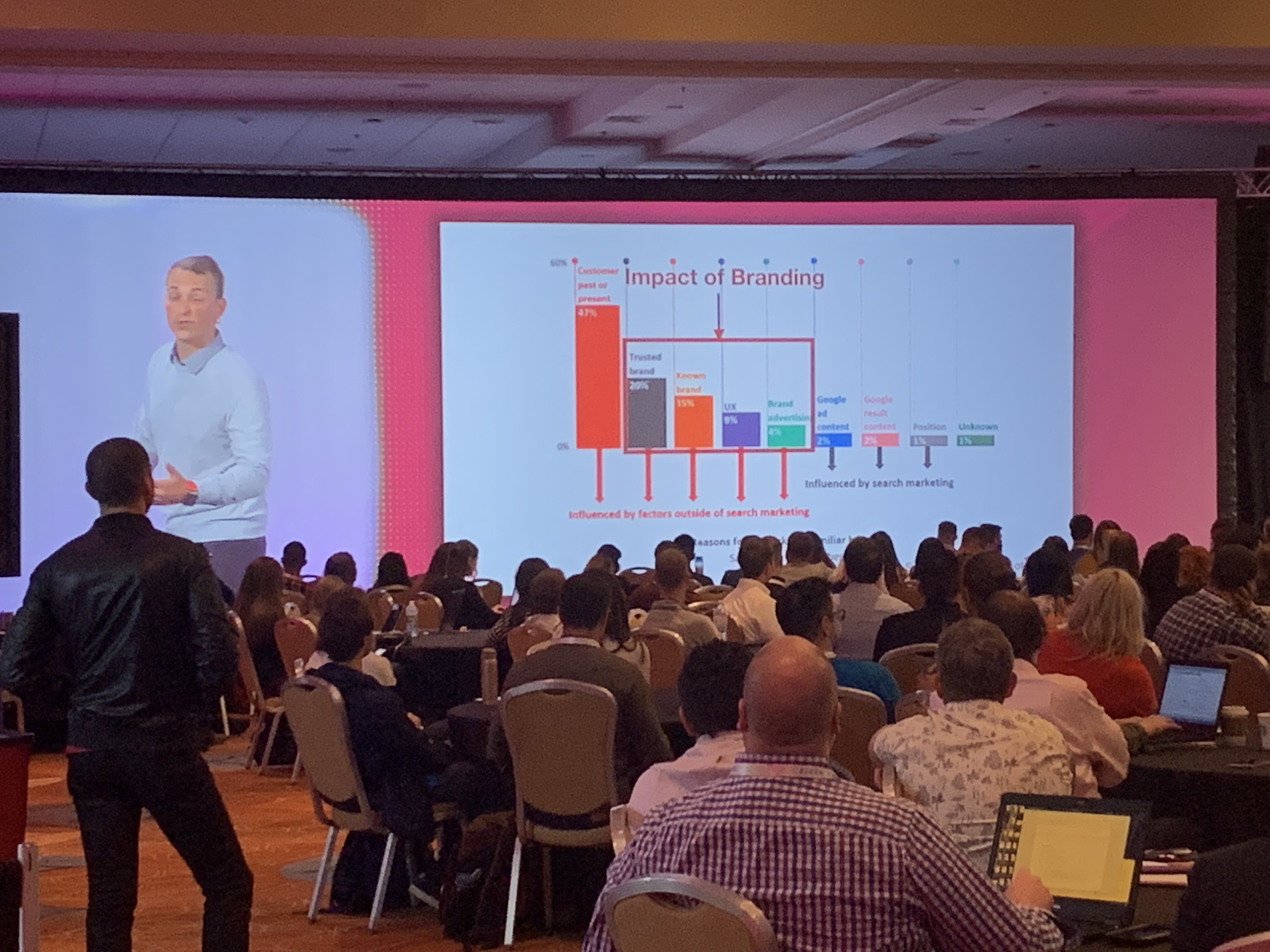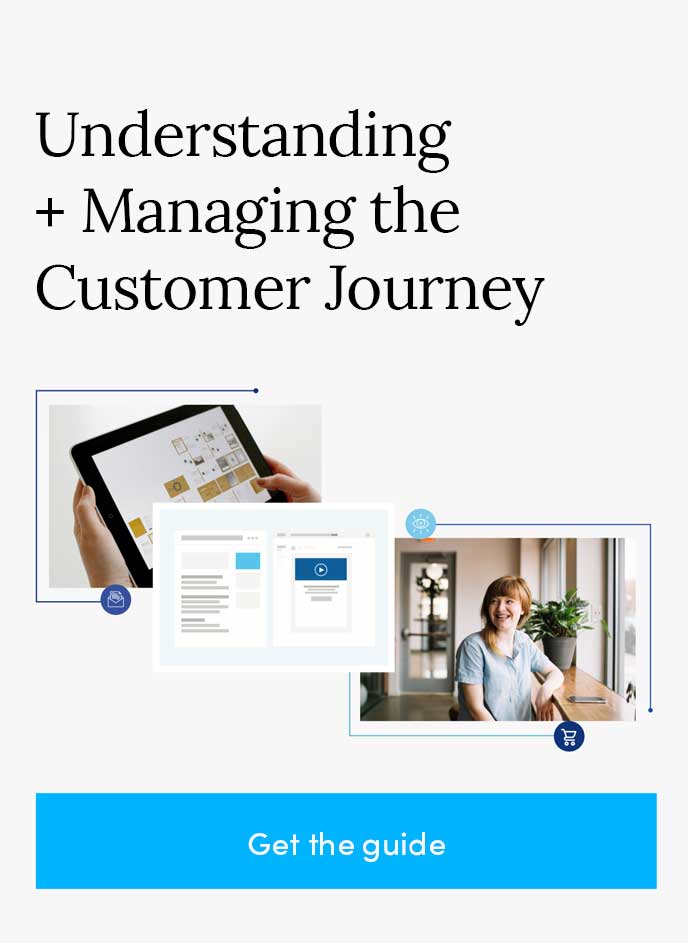After a great first day, we hit the ground running on so much great information. Here are the recaps from our morning sessions:
Snapchat for Business
By Carlos Gil, Head of Global Social Media, BMC Software
With more than 60% of smartphone users between the ages of 13-34 on Snapchat and over 8 billion daily video views, it’s safe to say that the platform is here to stay. If you haven’t jumped on board yet, we’ll get you up to speed on how to use Snapchat for your business.
Takeaways:
Snapchat has become a big business, it’s a legitimate marketing channel. If you’re still thinking it might not be, just ask Gatorade. Gatorade spent $500,000 on a one day ad during the Super Bowl for animated lenses. They saw more engagements and impressions than the amount of people who watched the Super Bowl.
Demographics Rule – When it comes to choosing which social media channels are right for you, you should be where your customers are. And if your customers are between 18-35, Snapchat could be great for you. On that same topic, if your audiences are old, it might not be for you. Snapchat reaches 41% of millennials!
Why Snapchat matters?
- 200 million users and 10 billion video views daily
- Most active social network behind Facebook
- Brand adoption exceeding Twitter and LinkedIn
Understanding the Basics
- Mobile app for micro-content storytelling
- Photo and video is 1 to 10 seconds long
- Content posted disappears within 24 hours
Snapchat is Twitter meets Youtube
- It’s micro content
Creating Content as a brand, it must be:
- Fun
- Creative
- Informative
- Engaging
Geofilters & Business: You don’t have to be on Snapchat with Geofilters as a business. This is a great tool for event marketing.
Converting and measurement
- Great for flash sales
- Make sure you implement Bitly URLs for proper tracking
The future of Snapchat:
- It’s definitely growing
- It’s working on better ad platforms
- Looking to go public in the next year
- Looking to sell more than a billion dollars in ad revenue
Using Intent Signals to Understand, Develop and Measure Audiences
By Mike Clarke, Head of Brand Measurement, Google
In this session, attendees will learn about some of the ways we can use search data to accomplish all of this.
Google emphasizes the meaning of moments, and how can you be there during these moments. Here is the breakout of these moments:
- I-Want-To-Know Moments = Two thirds of question-related searched “what, when, where, how, why, who” are happening on mobile.
- I-Want-To-Go Moments – 90% of searches for “what time does ____ open/close” are happening on mobile.
- I-Want-To-Do – Two thirds of “how-to” searches on YouTube are on mobile devices.
- I-Want-To-Buy – Mobile phones saw 115% year over year in shopping ads.
- I-Want-To-Watch-What-I’m-Into – The number of hours people spent watching videos on mobiles is up 100% year over year.
Intentions help unlock insights
- What types of insights can Google help you with?
- Consumer
- Category
- Brand
- Zeitgeist – Culture
- Google Predict – Google searches are getting intimate and a lot of it is happening on a mobile device.
- Google Trends & Google Correlate – Search terms over time and in relation to one another.
- Google Consumer Surveys
Make sure you are testing out the free tools that Google offers to help increase performance and tracking.
Death to Boring B2B Marketing: How Design Thinking Drives Success
By Cliff Seal, Lead UX Engineer, Salesforce
Today’s Lineup:
- The issue
- The solution
- The plan of action
B2B Marketing is hard. Why?
- You’re selling to opaque audiences
- You get complacent or end up doing what works, or what everyone is saying what works.
“What is the biggest problem marketers face?”
“How to keep up with trends to drive higher quality leads.”
Keeping up with Twitter is not following the trends. Maybe you’re bored. Trends aren’t challenging. Vendor balancing isn’t interesting. Ridgid tools aren’t supportive.
#B2BProblems – Just own it
- Grow into its own creative potential
- Put data in its place
- Compete in relevancy not volume
Teach the business owner something new about their needs and challenges.
Design thinking lets the best ideas float to the top. Your ideas don’t necessarily mean your own, but helping facilitate good ideas. Think past the obvious and start asking the right questions is the first step.
Here’s how to start:
- Redefining goals – What is it that I am trying to enable my customer?
- Knowing and embracing your constraints – Frame your creativity by defining what the boundaries are.
- Identify the contexts that can accept failure.
- Start talking to actual people to get insights.
Click the link below to see Cliff’s presentation:
Death to Boring B2B Marketing: How Applying Design Thinking Drives Success
As the morning comes to a close we are extremely excited for the last half of the day, and definitely ready for some lunch!
Contact Us
Call Us
Find Us
Michigan
850 Stephenson Hwy, Suite 700
Troy, MI 48083
Florida
100 N. Laura Street, Suite 500
Jacksonville, FL 32202
Follow Us
Join Us






